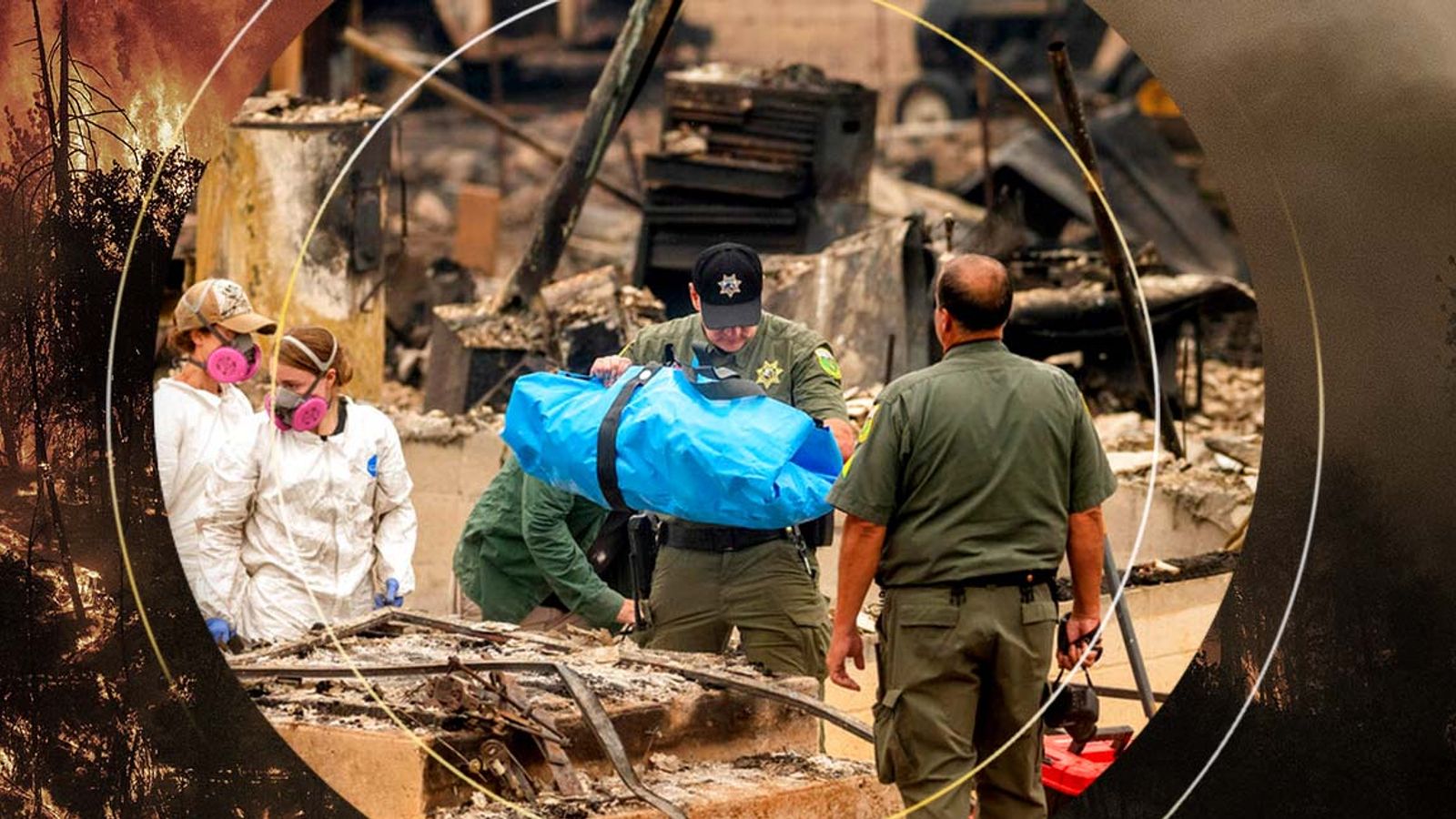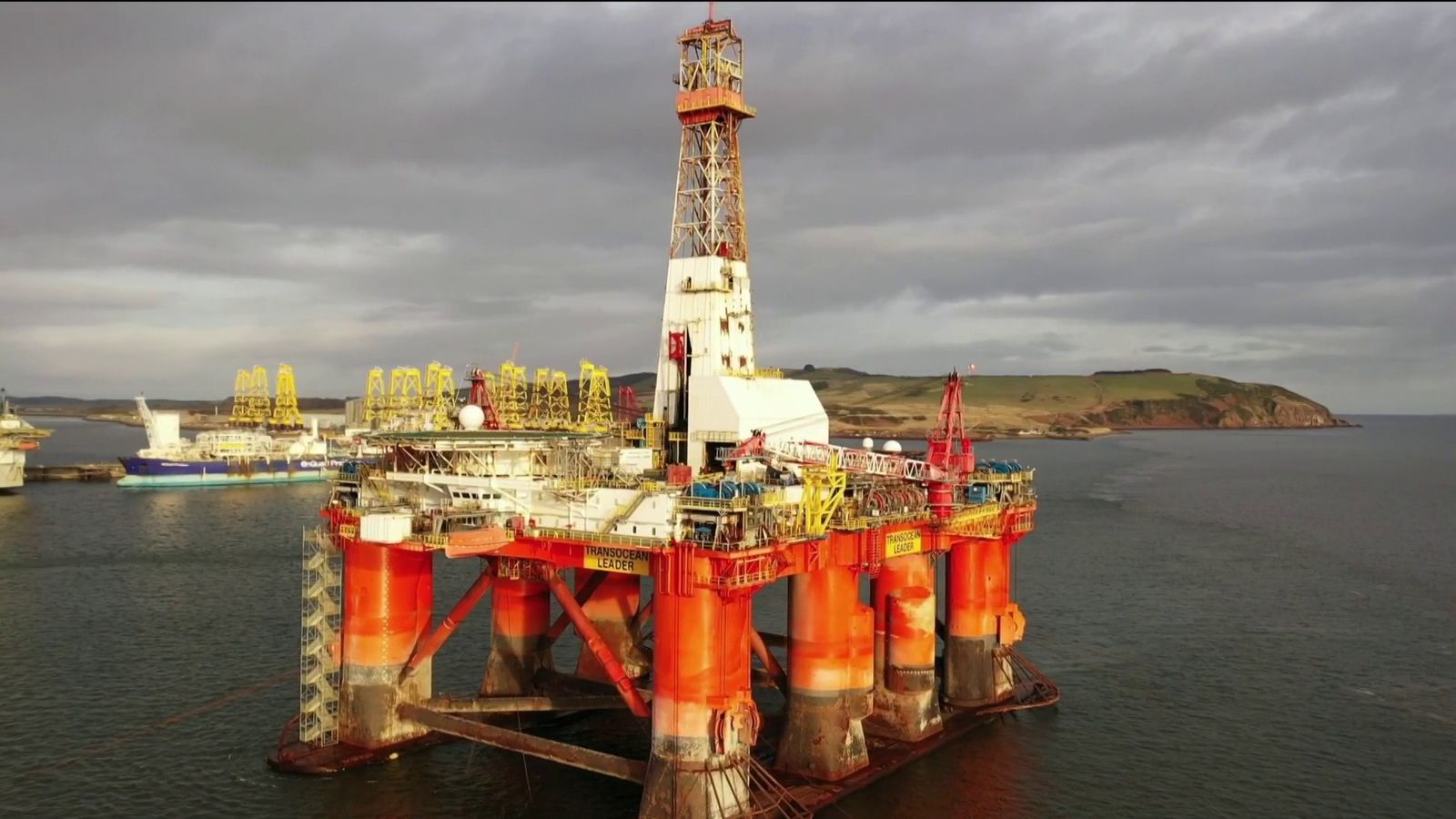Summer in the United States: frivolity for some, foreboding for others.
Between May and October, heatwaves kick in, wildfires strike the western states, and the Atlantic hurricane season spells flooding and storm surges for the Gulf and east coasts.
This year the McKinney wildfire has killed two in California, and heat has been blamed for deaths and even illness in young people in Oregon.
These weather events occur naturally, but are being fuelled by climate breakdown.
The heatwaves are now more frequent and more intense. The wildfires are burning twice the area, and during a longer season. Hurricanes are stronger and the amount that rapidly intensify has tripled.
“The combination of those things has reached a new pitch,” said Kristy Dahl, senior scientist at the Union of Concerned Scientists (UCS), a US advocacy group.
“Year after year, we find that people are dying during these events” and yet public and policymakers “aren’t taking them as seriously as they need to,” according to Ms Dahl.
Catastrophic effects of climate change are ‘dangerously unexplored’, experts warn
Bills must rise to pay for water security and avoid emergency supply handouts, infrastructure chief warns
Vicious California wildfire swells a staggering 62 times in size overnight, torching vehicles and homes
That’s why the group this year started referring to summer as “danger season”.
“The danger has grown kind of slowly and we’ve grown accustomed to it,” said Ms Dahl.
Heat stroke can kill, as can flooding and storm surges from hurricanes. Living with mould in damp homes or air pollution from wildfires triggers respiratory problems.
“It’s something that we’re kind of learning to live with, but it’s something that we don’t have to live with if we take action,” she said.
Such action includes learning from previous disasters who will be the most vulnerable next time. Urban neighbourhoods with little tree cover can become “heat islands”, disproportionately affecting low-income and ethnically diverse people, who tend to call those areas home.
It also means learning from those systems already successfully reducing the danger. In California, heat-related injuries in outdoor workers have declined by about 30% since the passage of heat-protection standards.
Please use Chrome browser for a more accessible video player
Alarmism
The “danger season” phenomenon is not just limited to the United States, said Ms Dahl. It is “global in nature,” especially in the Northern Hemisphere.
The United Kingdom has just endured a record-breaking 40.3C heatwave, expected to have contributed to hundreds of people dying but also inflicting stifling conditions on many.
At the time Sky News reported on why it is so hard for people to associate heat with climate change.
So would a seasonal rebrand help here?
“I have mixed feelings,” said Professor Meric Srokosz, an oceanographer from the National Oceanography Centre who has delivered public talks on the climate for more than 15 years.
It is a “dramatic way of drawing attention” to just how rapidly the climate is changing and how severe the impacts will be.
“On the other hand, it could be counterproductive,” he said, because “sometimes by emphasising the seriousness of the problem you get a kickback from people,” throwing accusations of alarmism.
“The aim is not to be alarmist. The aim is to try and get people to take seriously what problems we’re facing,” he said.
Watch the Daily Climate Show at 3.30pm Monday to Friday, and The Climate Show with Tom Heap on Saturday and Sunday at 3.30pm and 7.30pm.
All on Sky News, on the Sky News website and app, on YouTube and Twitter.
The show investigates how global warming is changing our landscape and highlights solutions to the crisis





